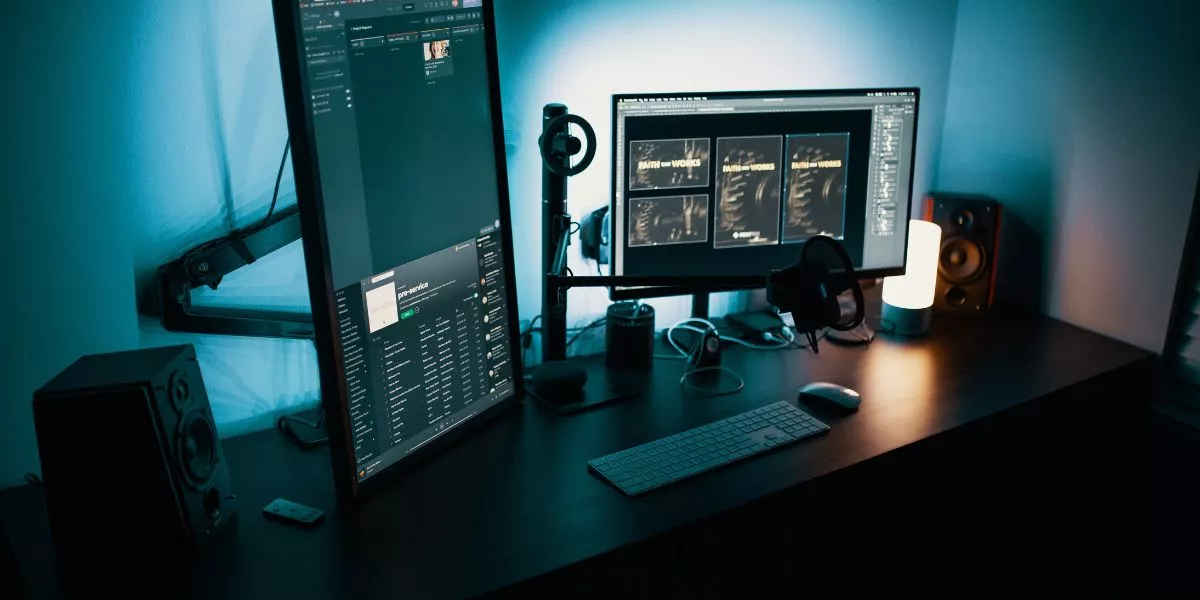
Positioning your speakers correctly is just the beginning. To truly elevate your audio experience, you need to delve into the intricacies of room acoustics and sound reflections. By understanding how your listening environment impacts sound quality, you can make informed decisions to optimize every aspect of your setup. Stay tuned to uncover the key factors that can make a significant difference in achieving the best possible sound quality in your space.
Speaker Placement for Ideal Soundstage
Wondering where to place your speakers for the best soundstage experience? The positioning of your speakers plays a crucial role in achieving optimal audio quality. To create an immersive soundstage, start by ensuring that your speakers are at ear level when you're seated in your listening area. This helps in directing the sound towards you, providing a more accurate representation of the audio.
For stereo setups, position your speakers at an equal distance from where you sit, forming an equilateral triangle with your listening position. This arrangement helps in balancing the sound distribution and creating a cohesive soundstage. Additionally, keep your speakers away from walls and corners to minimize sound reflections that can distort the audio quality.
Experiment with slight adjustments in speaker placement to find the sweet spot where the soundstage feels the most expansive and detailed. By carefully positioning your speakers, you can enhance your listening experience and enjoy a more immersive soundstage that brings your audio to life.
Room Acoustics and Sound Reflection
To optimize your audio setup for the best sound quality, understanding room acoustics and how sound reflections can impact your listening experience is key. Room acoustics play a vital role in how sound waves travel and interact within a space. Hard surfaces like walls, floors, and ceilings can cause sound to bounce around, creating reflections that may distort the audio you hear.
When setting up your audio system, consider the acoustics of your room. Try to minimize hard surfaces that can cause sound reflections by adding soft furnishings like rugs, curtains, or acoustic panels. These can help absorb excess sound energy and reduce reflections that might muddy the audio.
Positioning your speakers strategically can also help minimize the impact of sound reflections. Placing speakers away from walls and corners can reduce the chances of sound waves bouncing off surfaces and interfering with the direct sound from the speakers.
Audio Calibration and Equalization Techniques
Understanding how to calibrate and apply equalization techniques to your audio system is essential for achieving optimal sound quality. Calibration involves adjusting settings like volume levels, speaker distances, and channel delays to ensure a balanced audio output. Equalization, on the other hand, allows you to fine-tune the frequency response of your speakers to match your preferences or the acoustics of your listening environment.
To start the calibration process, use a sound level meter to set the correct volume levels for each speaker in your system. This ensures that sound is evenly distributed and eliminates any imbalance. Next, adjust speaker distances and channel delays to synchronize audio timing, creating a cohesive soundstage.
Equalization techniques involve adjusting bass, midrange, and treble levels to achieve a balanced sound. Use tools like graphic equalizers or parametric equalizers to fine-tune frequencies and correct any peaks or dips in the audio spectrum. Keep in mind that over-equalizing can lead to unnatural sound, so aim for subtle adjustments that enhance rather than distort the audio. Mastering these calibration and equalization techniques will significantly improve the overall sound quality of your audio setup.
Cable Management and Signal Integrity
Ensuring proper cable management and maintaining signal integrity are crucial aspects of optimizing your audio setup for the best sound quality. Tangled or poorly placed cables can introduce interference or noise into your audio signal, degrading the overall quality of the sound produced. To prevent this, neatly organize your cables, keeping power cords separate from audio cables to minimize interference. Use cable ties, clips, or cable management systems to keep everything tidy and in its place.
Additionally, maintaining signal integrity is essential for preserving the fidelity of your audio. Ensure that all connections are secure and free of corrosion or damage. Use high-quality cables appropriate for your setup to minimize signal loss. Regularly inspect and replace any cables that show wear and tear to prevent degradation of the audio signal.




